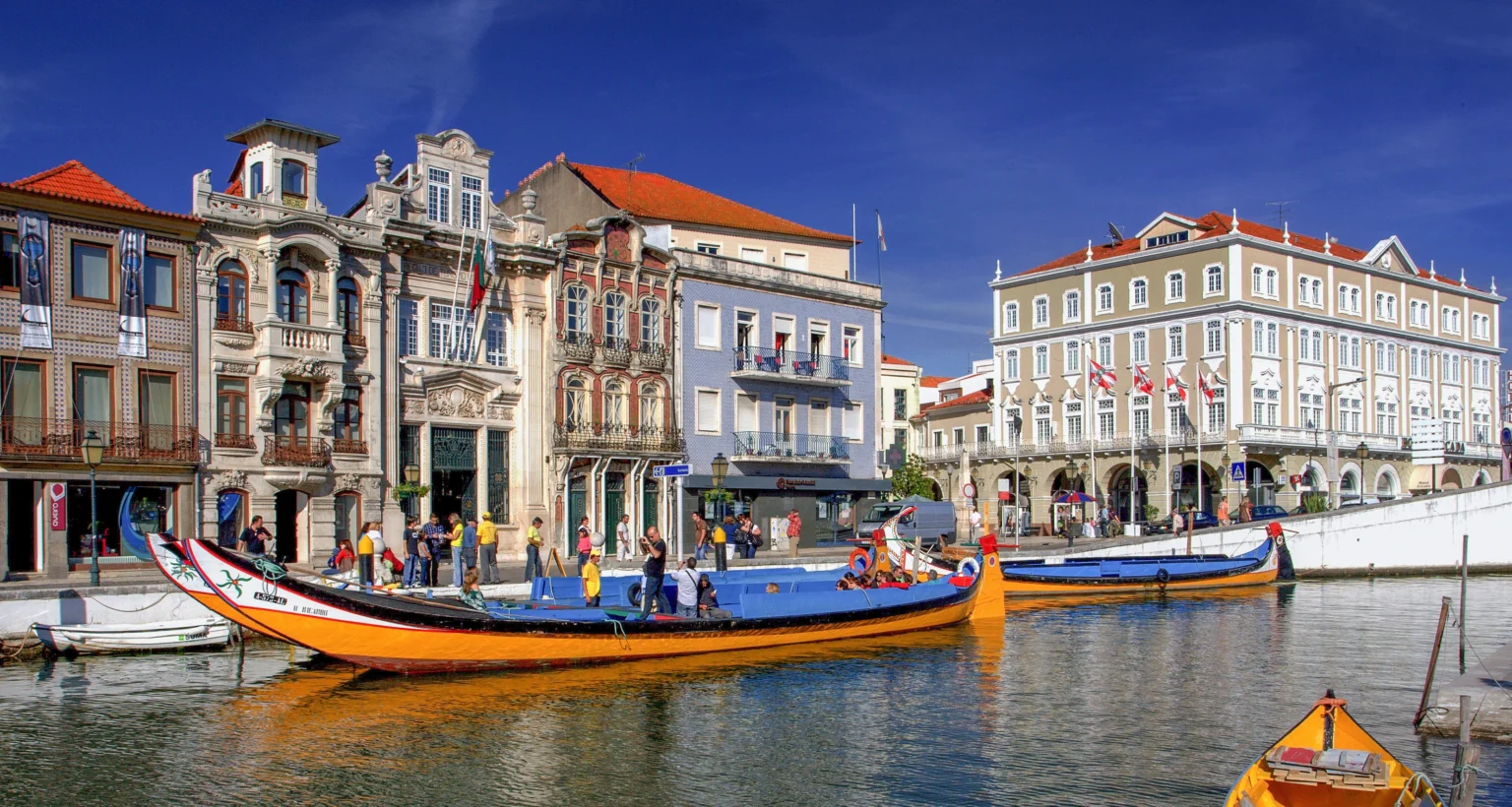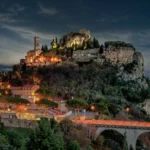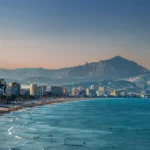So, you’ve got Europe on your mind but your wallet says, “Let’s be smart about this.” Don’t worry—you absolutely can experience the charm of Europe without bleeding your bank account dry. In fact, some of Europe’s most rewarding destinations are also its most affordable. Whether you’re hopping on your first backpacking trip or you’re a seasoned budget nomad, these countries offer culture, cuisine, and unforgettable moments—all on a backpacker’s budget.
Albania: Europe’s Best-Kept Secret
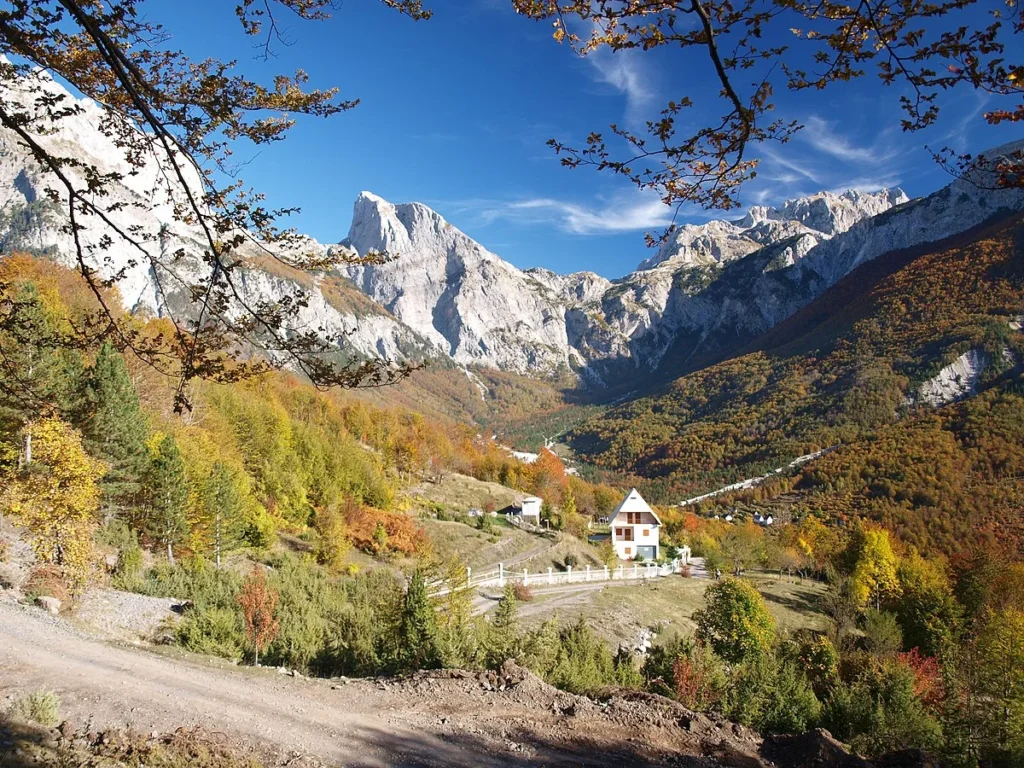
Albania often flies under the radar, but those who’ve been know it’s an absolute gem. With rugged mountains, turquoise beaches, and ancient Ottoman towns, it’s as beautiful as it is budget-friendly.
- Daily Budget: €25–€40
- Where to Stay: Hostels and family-run guesthouses cost around €10–€15 per night.
- What to Eat: Don’t miss byrek (savory pastry) and tavë kosi (baked lamb and yogurt). Meals are hearty and typically cost under €5.
Hidden Gems:
Beyond the postcard-perfect Albanian Riviera, head inland to discover hidden gems like the Theth National Park—a hiker’s dream filled with alpine meadows and waterfalls.
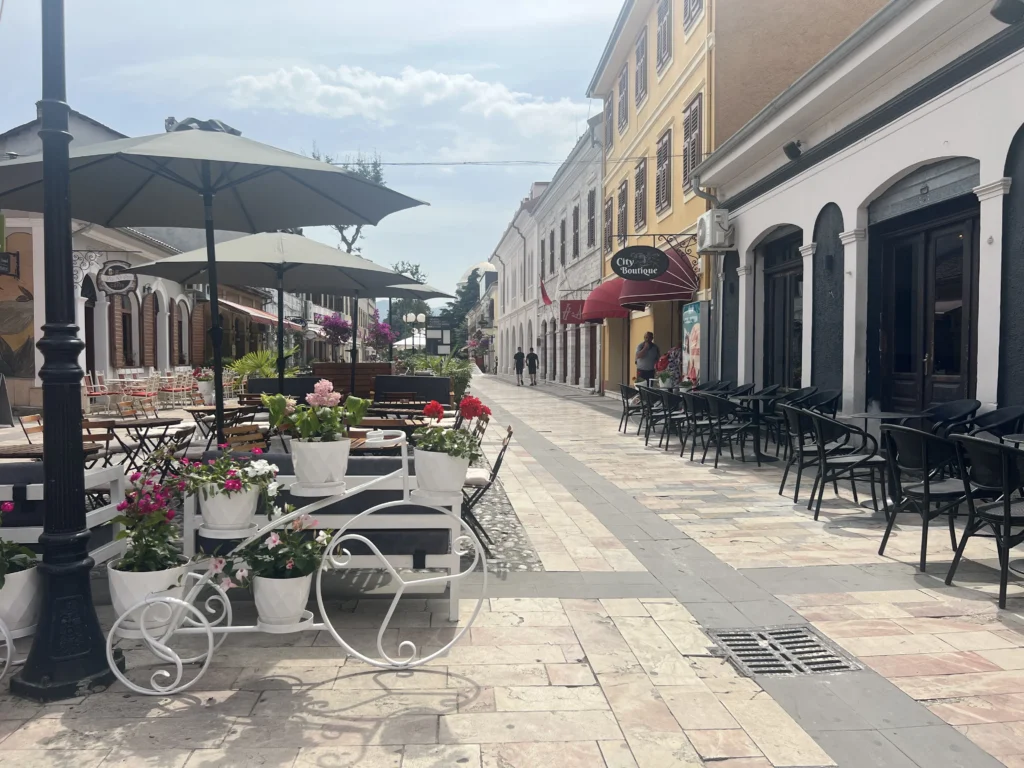
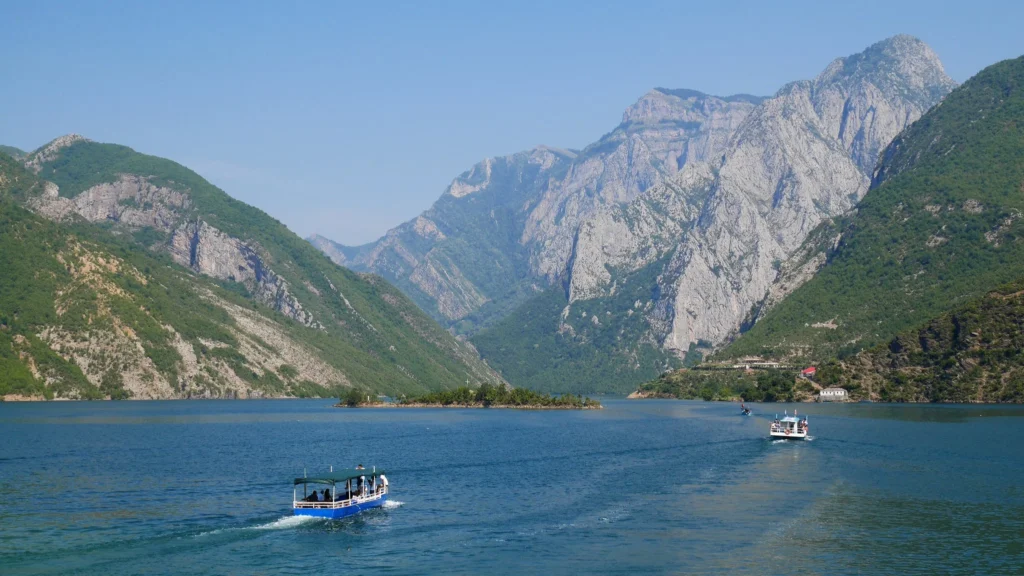
Explore Theth and Valbona in the Albanian Alps—ideal for treks, homestays, and experiencing rural life. Lake Koman’s ferry ride through steep canyons feels like Norway on a backpacker budget.
The town of Shkodër offers fascinating insights into Albania’s communist past with abandoned bunkers and war museums.
Money Saving Travel Tips:
- No need for a rail pass—use local furgons (minibuses) to hop between cities. They’re cheap, reliable, and a great way to meet locals.
- ATMs charge foreign cards—withdraw larger sums at once to reduce fees.
- English isn’t widespread outside major cities—download Albanian basics on Google Translate offline.
Bulgaria: Old World Charm at New Age Prices
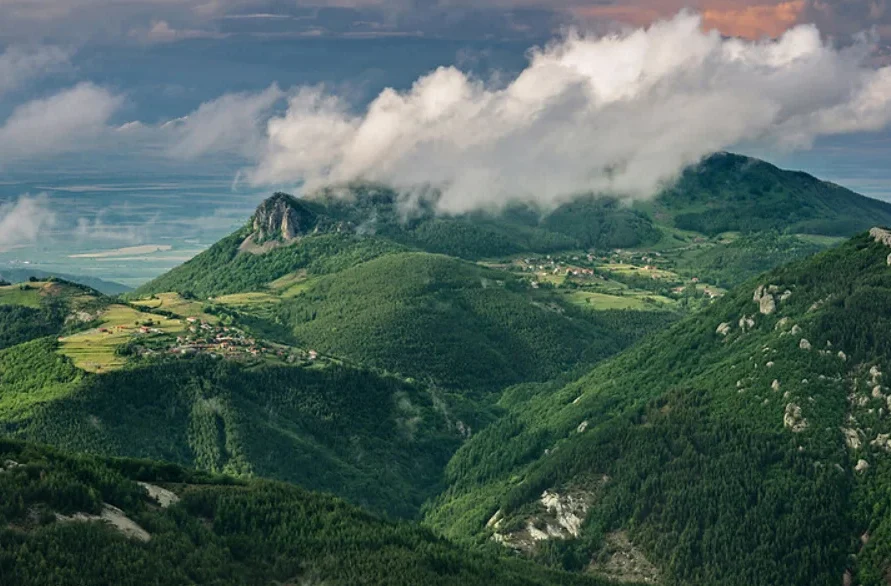
Bulgaria combines affordability with variety: you can go from skiing in the Pirin Mountains to sunbathing on the Black Sea—all on a tight budget.
- Daily Budget: €30–€50
- Where to Stay: Dorm beds from €8–€12 in cities like Sofia or Plovdiv. private rooms from €15
- What to Eat: Try banitsa (cheese-filled pastry) and kebapche (spiced meat). Street food is king and super cheap.
Hidden Gems:
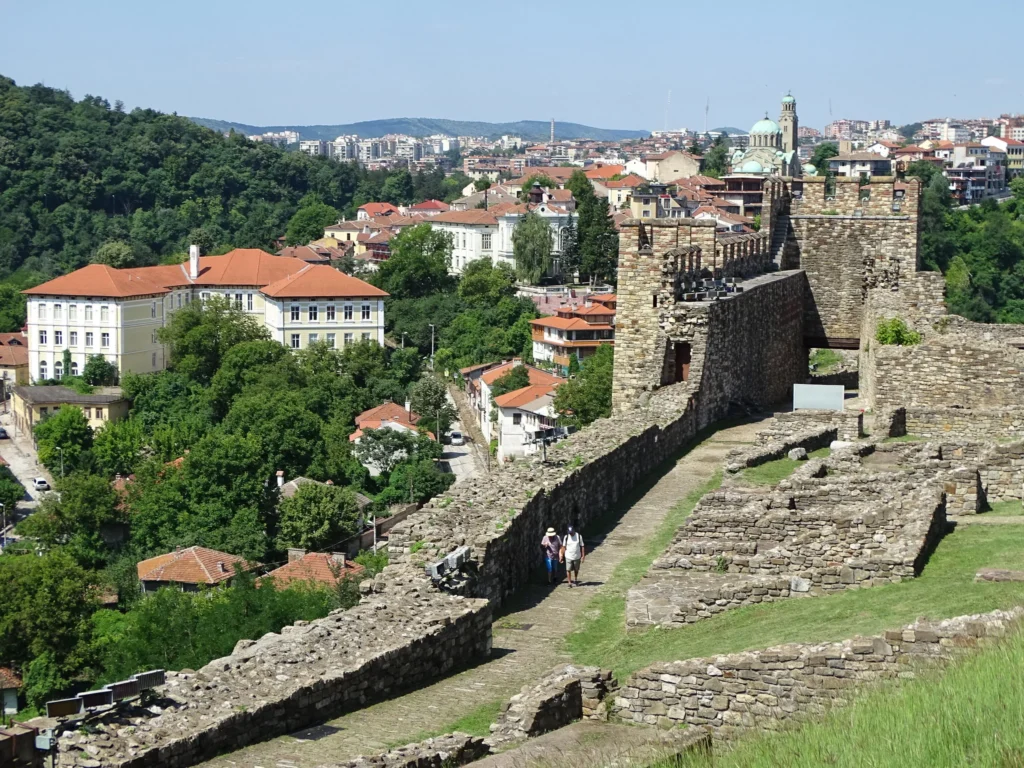
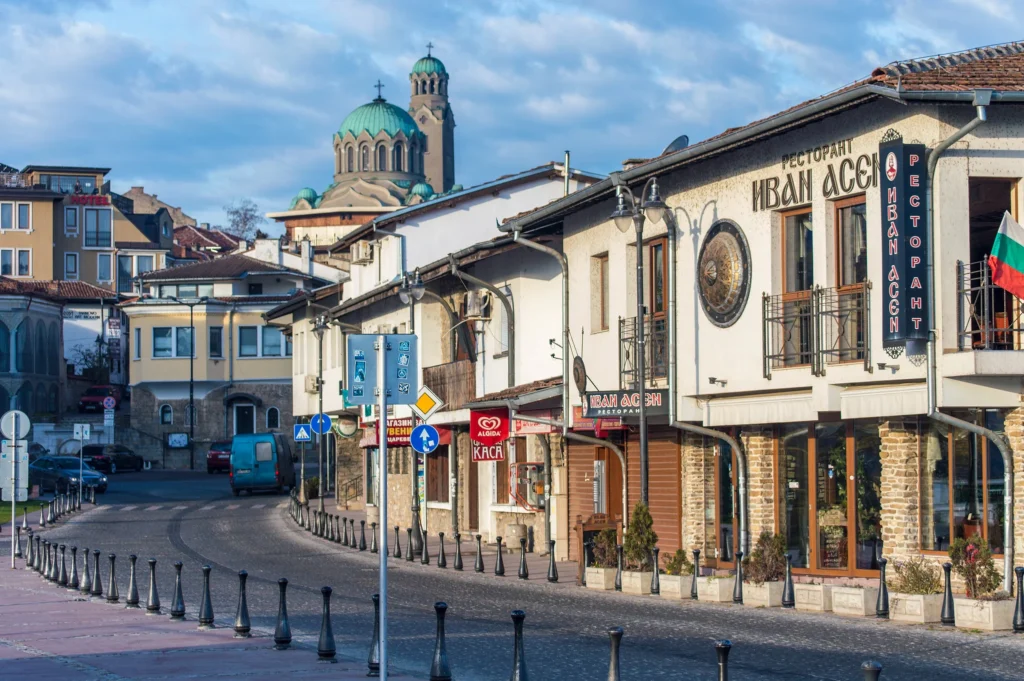

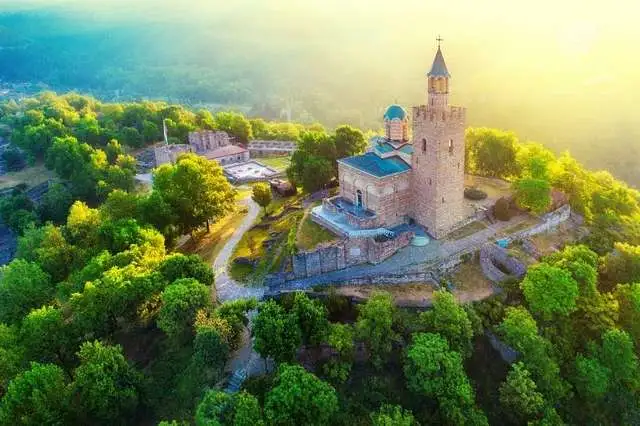
While most people rush to coastal resorts, head instead to Veliko Tarnovo—Bulgaria’s ancient capital perched on a dramatic hillside. The fortress views here are unmatched. Also, consider Bansko in summer—not for skiing, but for mountain hiking with fewer tourists and lower prices.
Head to the Rhodope Mountains for folklore-rich villages like Shiroka Laka. Or visit the Belogradchik Rocks—surreal stone formations surrounding a hilltop fortress.
Money Saving Travel Tips:
- Tap water is safe to drink—bring a reusable bottle.
- Avoid taxis; Bulgaria’s bus network is vast and reliable. Many museums have reduced prices on certain weekdays—ask locals or hostel staff.
- Learn Cyrillic basics—it’ll help with reading menus, signs, and bus routes.
Romania: Folklore, Forests, and Fantastic Prices
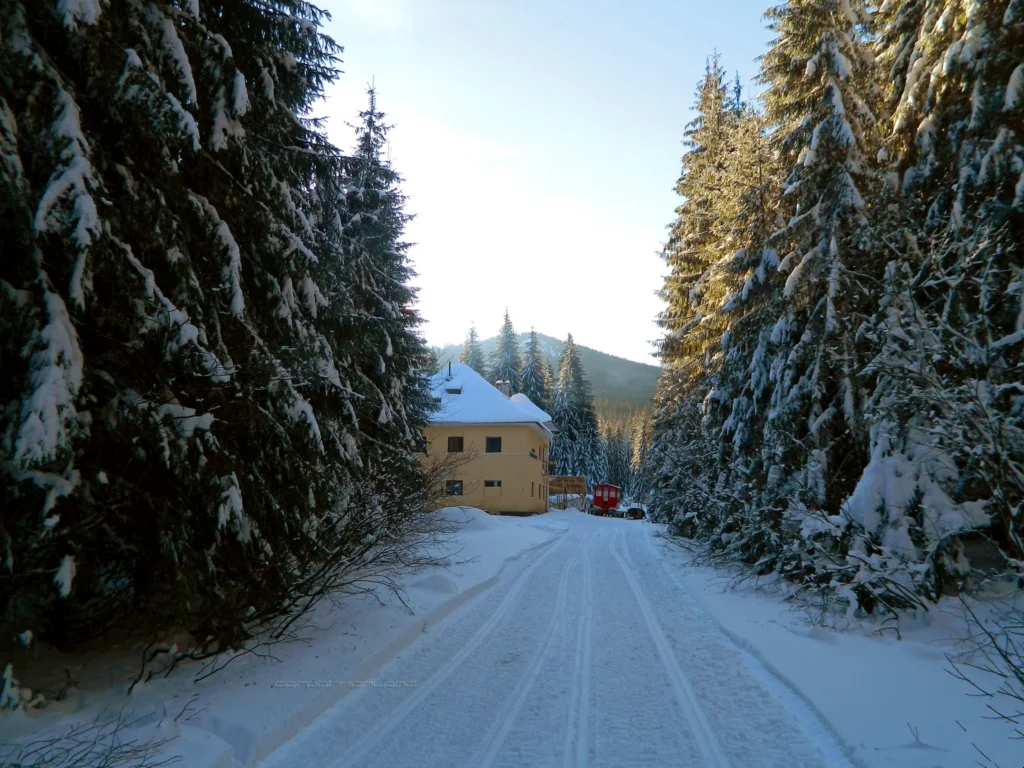
Romania is rich in legends (hello, Dracula), but it’s also packed with rolling hills, medieval towns, and majestic castles—all far cheaper than in Western Europe.
- Daily Budget: €30–€50
- Where to Stay: Hostels from €10; private guesthouses in rural areas are just as affordable.
- What to Eat: Indulge in sarmale (stuffed cabbage rolls) and ciorbă (sour soups). Meals average €4–€6.
Hidden Gems:
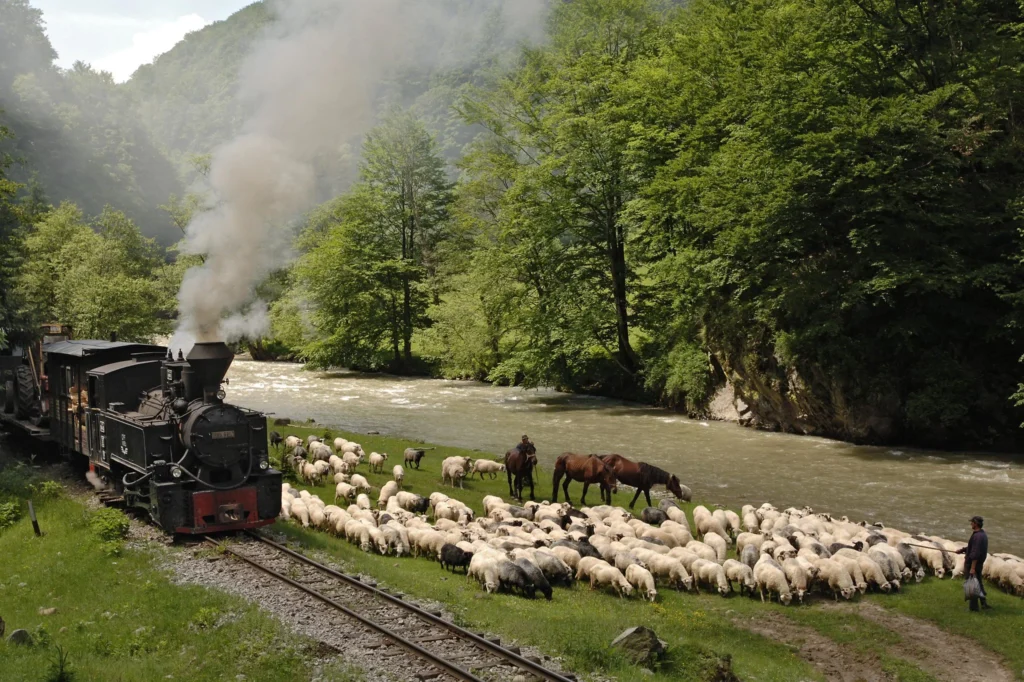
Skip the touristy Dracula tours and head to places like Maramureș, where wooden churches and horse-drawn carts are still part of daily life. It is like stepping into a living history museum.
Or explore the wild, untouched beauty of the Retezat National Park—a hiker’s paradise with glacial lakes and barely any crowds.
For total solitude, try hiking in Apuseni Natural Park.
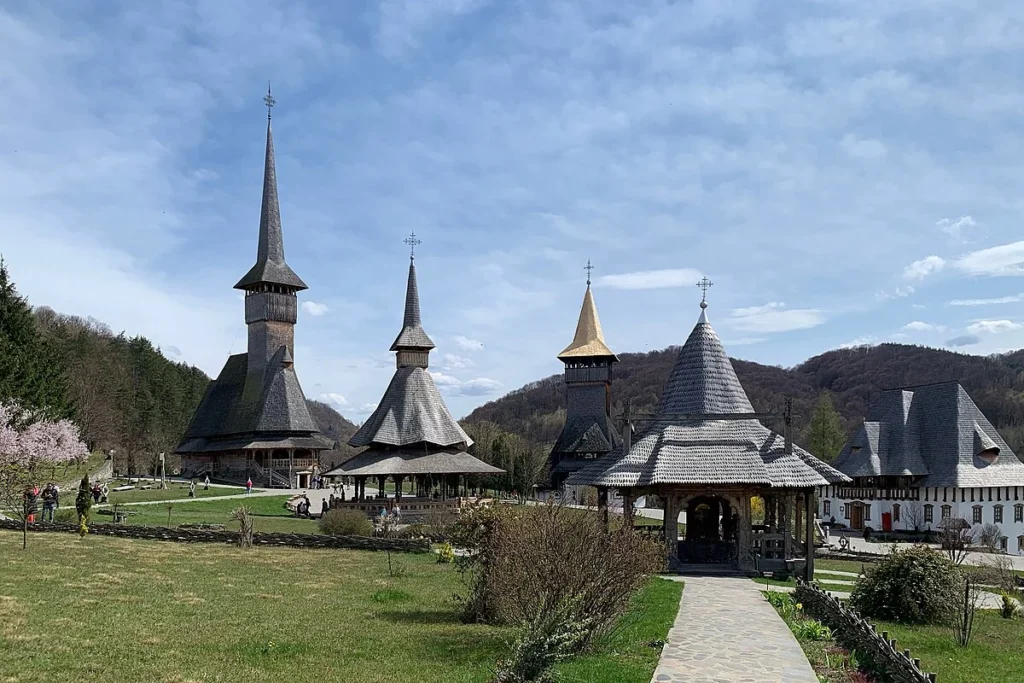
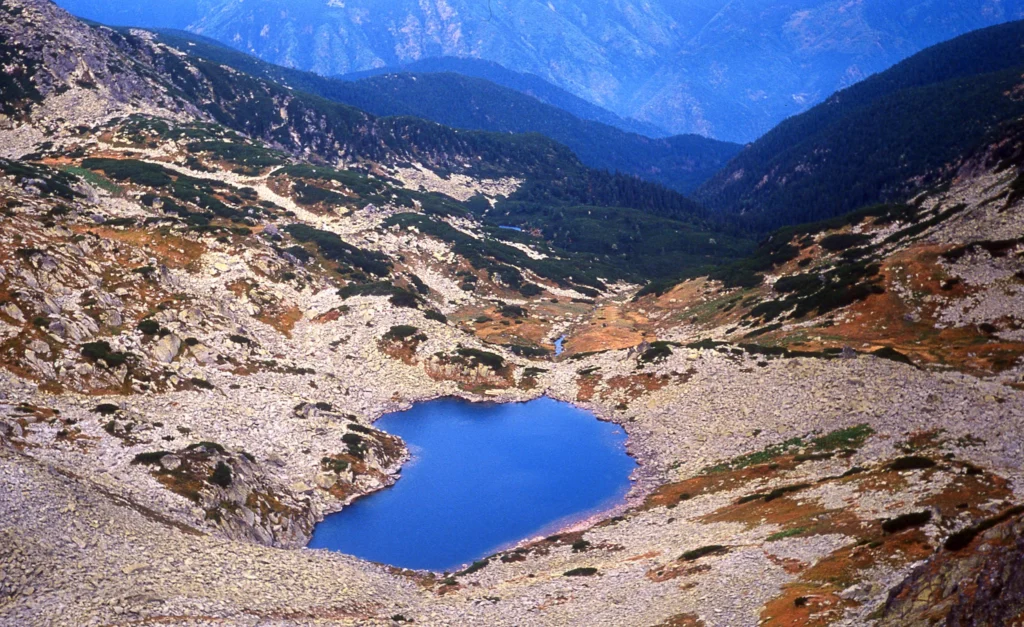
Money-saving Travel Tips:
- Many castles and museums offer discounted entry for students.
- Hitchhiking is common and surprisingly safe in rural areas—though basic Romanian will go a long way.
- Book long-distance train tickets a few days in advance for better seats and prices.
Poland: A Budget Traveler’s Dream with Soul
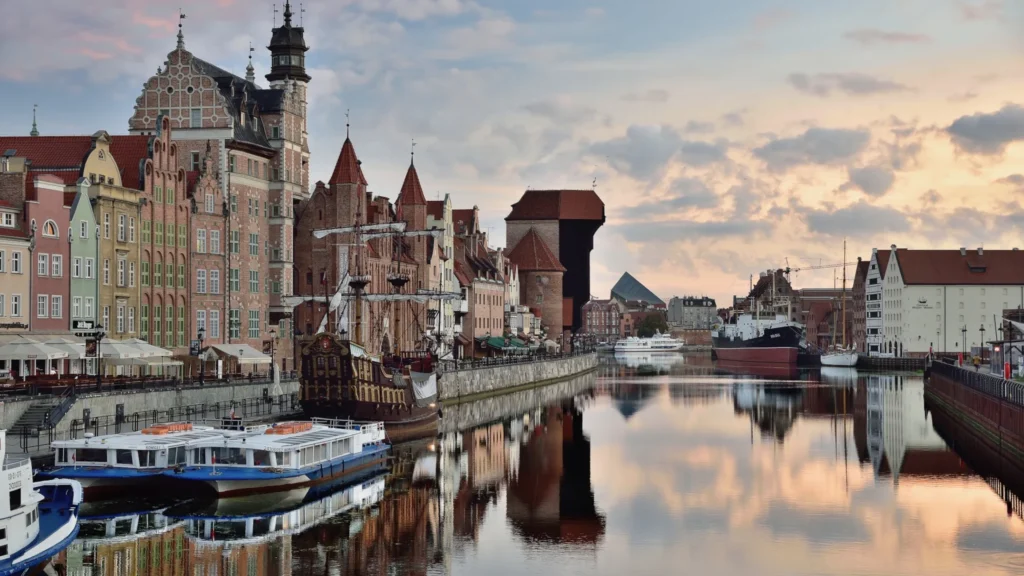
Poland is a goldmine for budget travelers who want a mix of history, architecture, and nightlife—all at a very manageable price.
- Daily Budget: €35–€55
- Where to Stay: Hostels start at €12, and often include breakfast. Airbnbs start at €20
- What to Eat: Local food like pierogi (dumplings) and żurek (sour rye soup) is filling and usually under €5.
Hidden Gems:
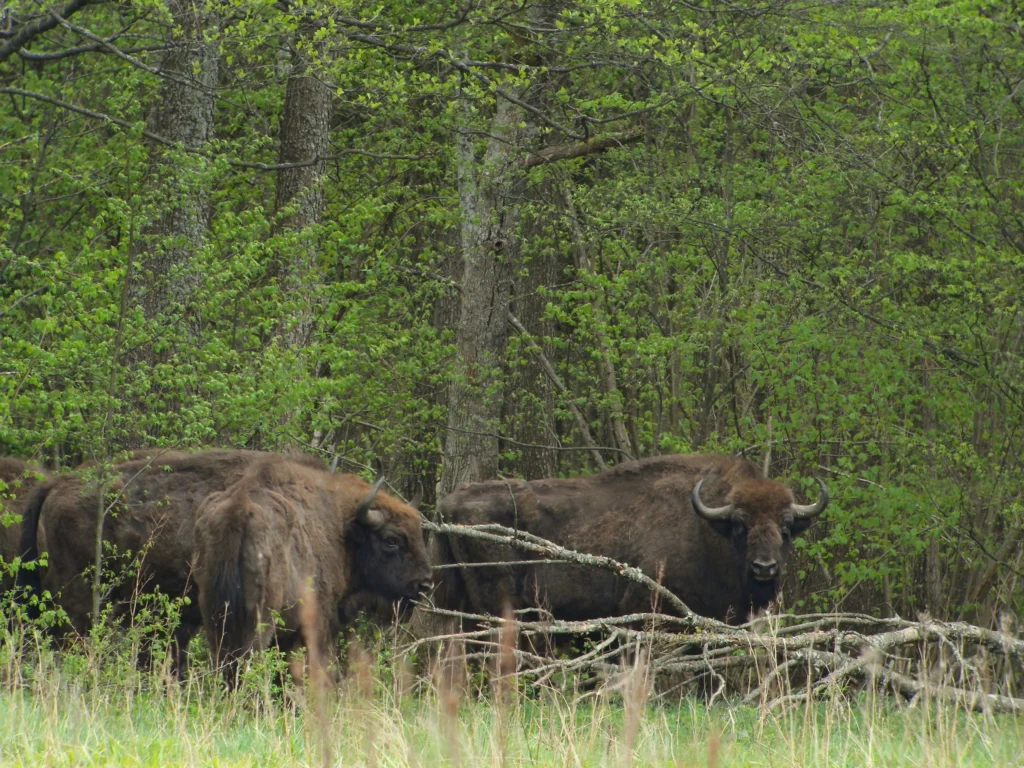
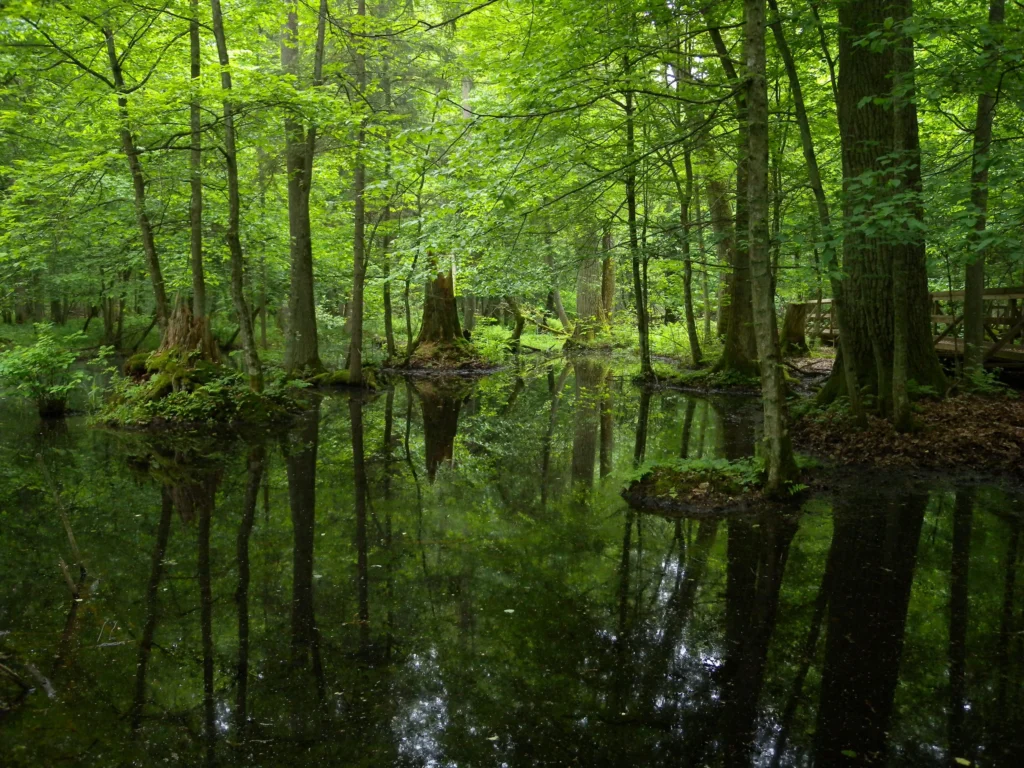
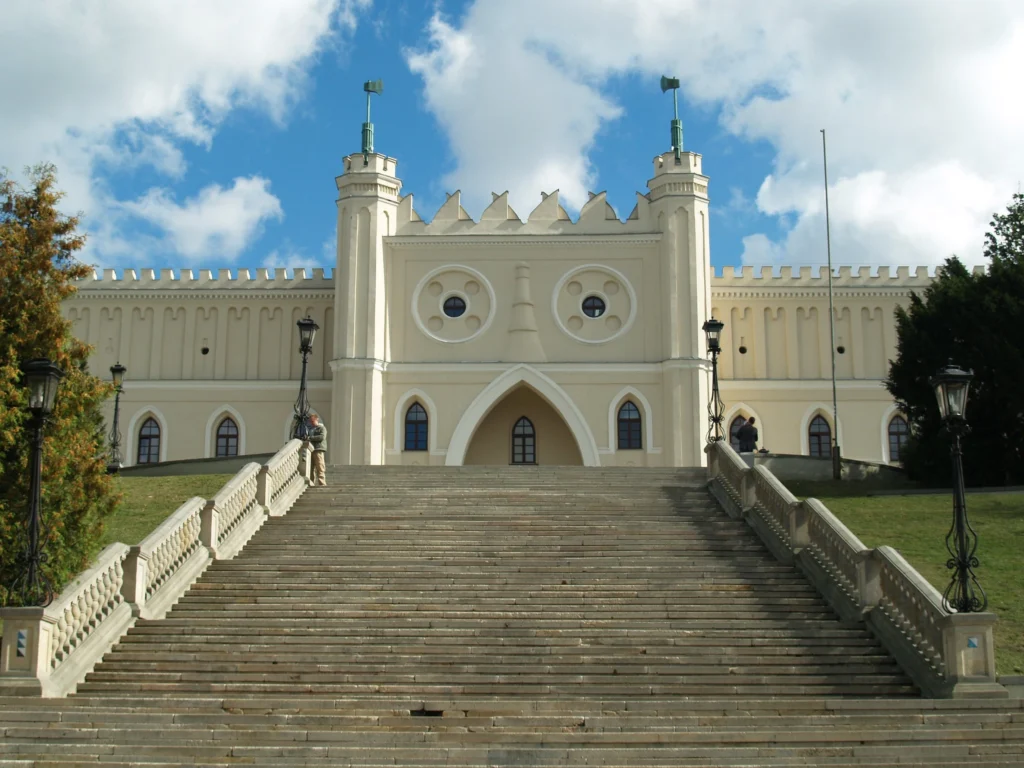
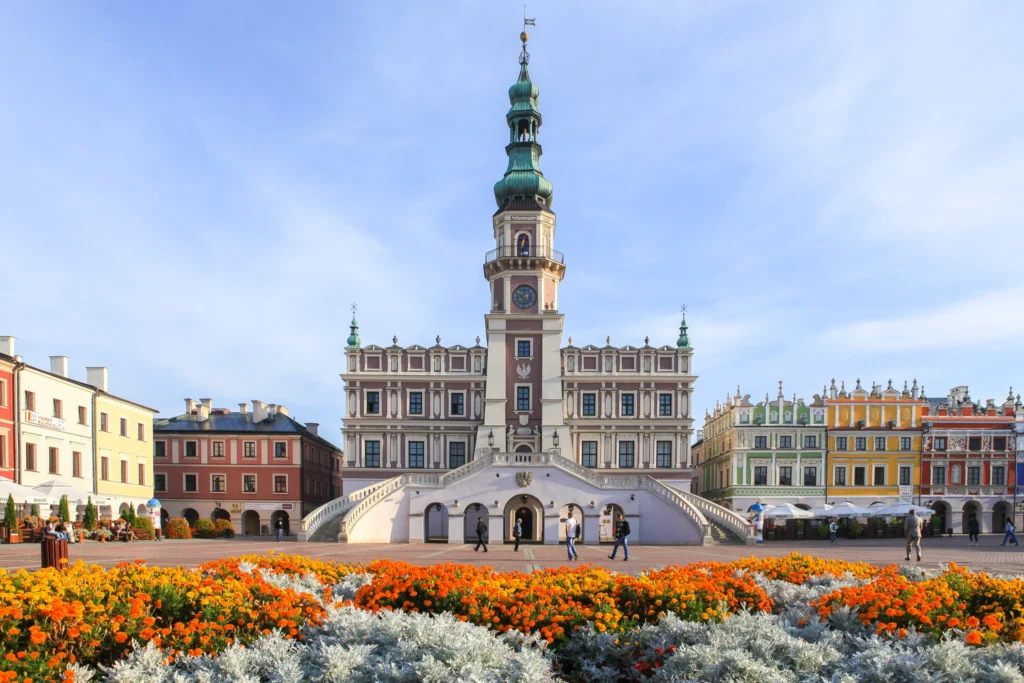
PHOTO CREDITS : MINISTRY OF FOREIGN AFFAIRS POLLAND | FLICKR | OLD CITY OF ZAMOSC
Kraków and Warsaw get all the love, but Gdańsk—on the Baltic coast—is equally beautiful and refreshingly affordable.
And for nature lovers, head to the Białowieża Forest, home to Europe’s last wild bison. You can also visit the Tatra Mountains near Zakopane for hiking and hot springs.
In southern Poland, skip the crowds in Kraków and head to Lublin or Zamość for rich history and fewer tourists.
The Slowinski Sand Dunes on the Baltic coast offer a Sahara-like experience in the middle of Europe.
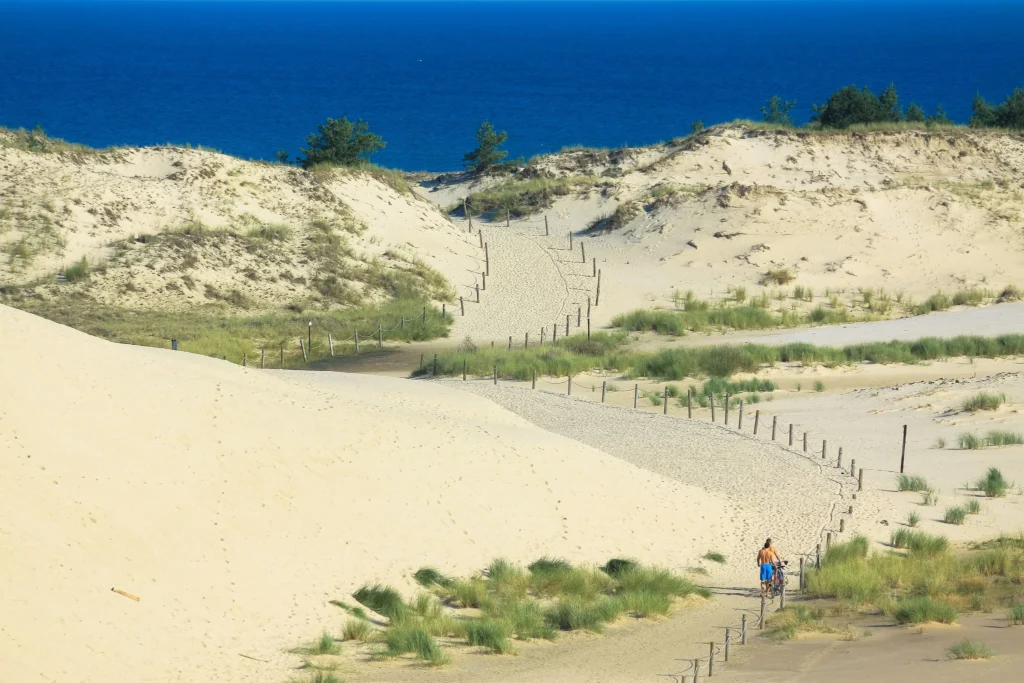
Money-saving Travel Tips:
- Use discount buses like FlixBus or PolskiBus for cheap travel.
- City trams and metros are fast and cheap—grab 24-hour passes.
- Most major cities offer free walking tours—just tip your guide. Student IDs (even international ones) get you discounts on transport and attractions.
Portugal: Sun-Soaked & Surprisingly Affordable
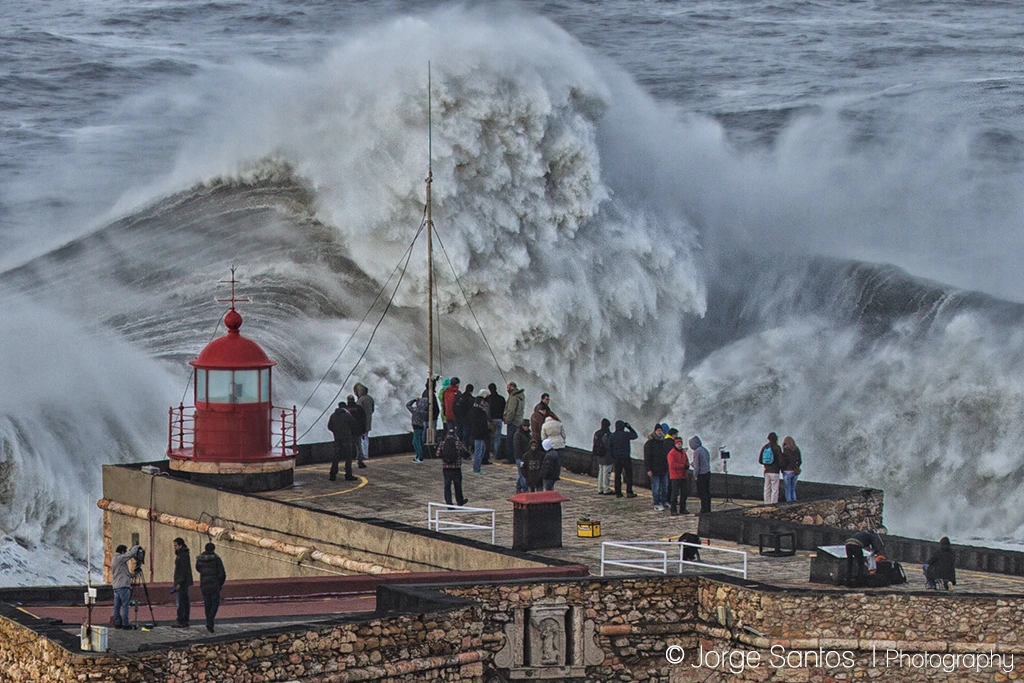
Portugal may not seem “cheap” at first glance, but compared to other Western European countries, it’s a budget-friendly breath of fresh air.
- Daily Budget: €40–€60
- Where to Stay: Hostels from €15; look for surf hostels in places like Ericeira or Lagos from €12 in off-season.
- What to Eat: Snack on pastéis de nata (custard tarts) or feast on francesinha in Porto. Budget meals around €6–€8.
Hidden Gems:
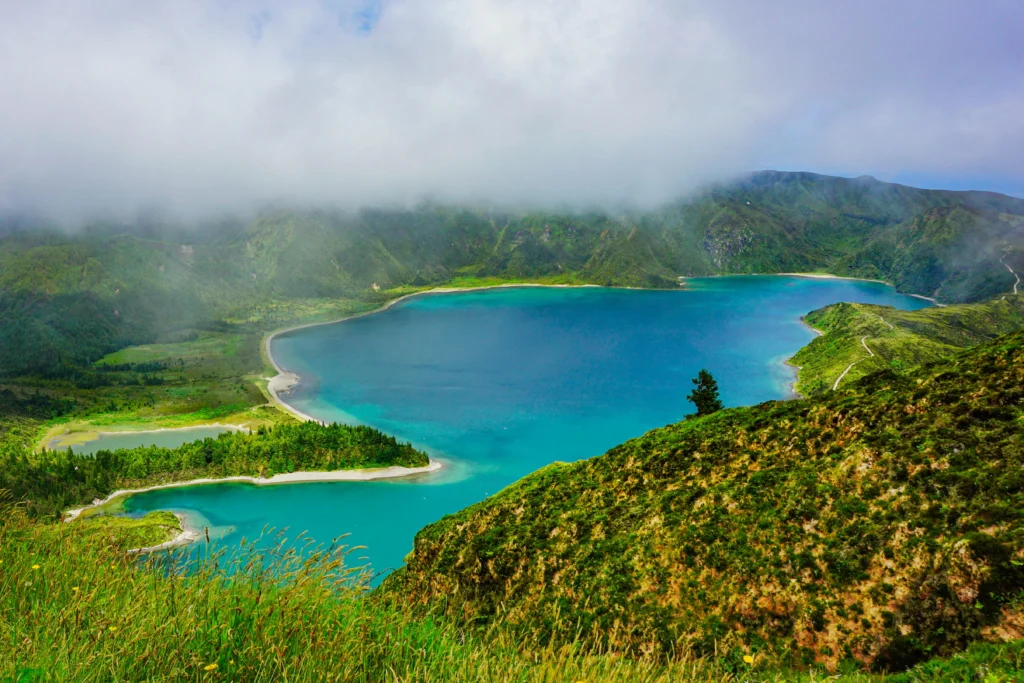
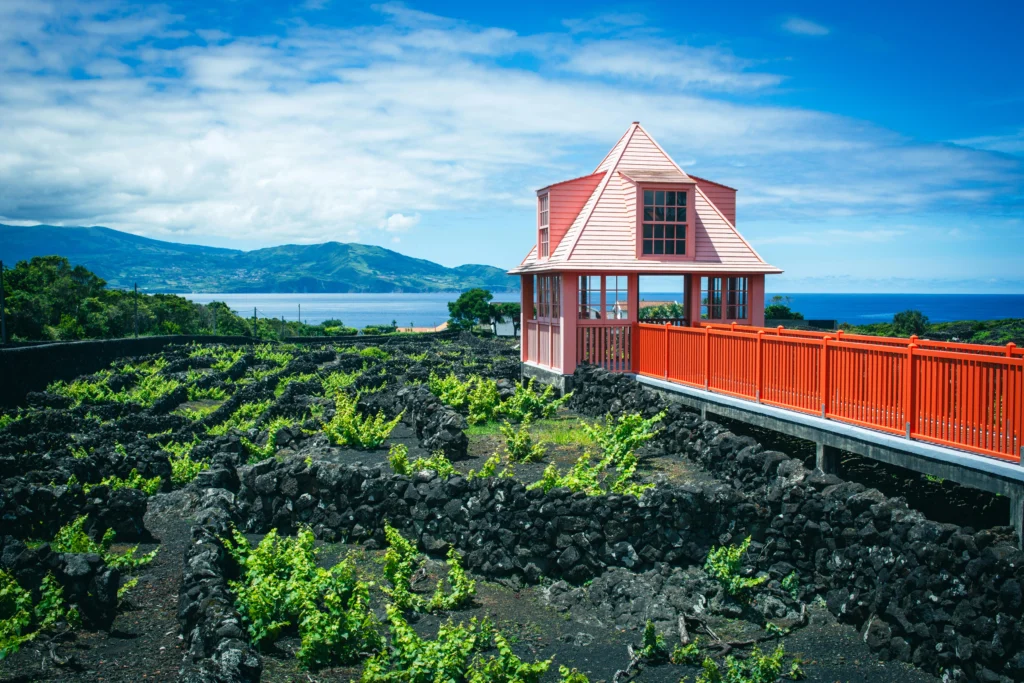
Lisbon and Porto are well-trodden paths, but don’t miss Coimbra—Portugal’s university town steeped in history, with a youthful buzz and very affordable prices.
You’ll also love the Azores if you’re into dramatic volcanic landscapes (and flights from the mainland are often under €30 if booked early).
Check out Nazaré for giant winter waves and hidden coves. For a non-touristy vibe, Aveiro—Portugal’s “Venice”—is perfect for canal-side strolls and colorful boats.
Money-saving Travel Tips:
- Portugal’s trains are clean and affordable—book regional tickets in person for discounts.
- Buy a city pass like the Lisboa Card for free public transport and attraction access.
- Surf towns like Peniche or Ericeira are cheaper than Lisbon and great for digital nomads.
- And don’t shy away from local tascas (small taverns) for delicious food at half the price of tourist restaurants.
Pro Tips for Backpacking Europe on a Tight Budget
1. Go Off-Season:
Traveling in spring (April–June) or fall (September–October) means cheaper stays, cooler weather, and fewer crowds.
2. Use Multi-City Flights:
Instead of round trips, try “open-jaw” flights (arriving in one city and departing from another). Use tools like Skyscanner or Google Flights with the “everywhere” option.
3. Buy Local SIM Cards or eSIMs:
EU roaming rules let you use one SIM across multiple countries. Choose local providers like Vodafone or use apps like Airalo for eSIMs.
4. Use Cash & Cards Wisely:
Some rural places in Eastern Europe still prefer cash. Use apps like Wise or Revolut for low-fee currency exchanges and ATM withdrawals.
5. Grocery Store Picnics:
Grab fresh bread, cheese, fruit, and local snacks from supermarkets—perfect for picnics in parks, plazas, or mountaintops.
6. Pack Smart:
Bring a microfiber towel, travel laundry soap, a refillable bottle, and layers (weather changes fast). A power bank is a must if you’re navigating by phone.
Many budget airlines have strict baggage limits. A 40L carry-on backpack saves money and hassle.
7. Connect with Locals:
Use platforms like Couchsurfing or Meetup to find language exchanges, group hikes, and local events. Locals know the best cheap eats and hidden spots.
8. Eat smart: Lunch specials (menu del dia, menu do dia, etc.) are common in Europe and offer full meals for cheap.
9. Travel slow: Longer stays often mean discounts on accommodation. Plus, you’ll experience places more deeply
10. Use rail/bus passes: FlixBus, BlaBlaCar, and Interrail/Eurail (for multiple countries) are great ways to save on long routes.
Final Word
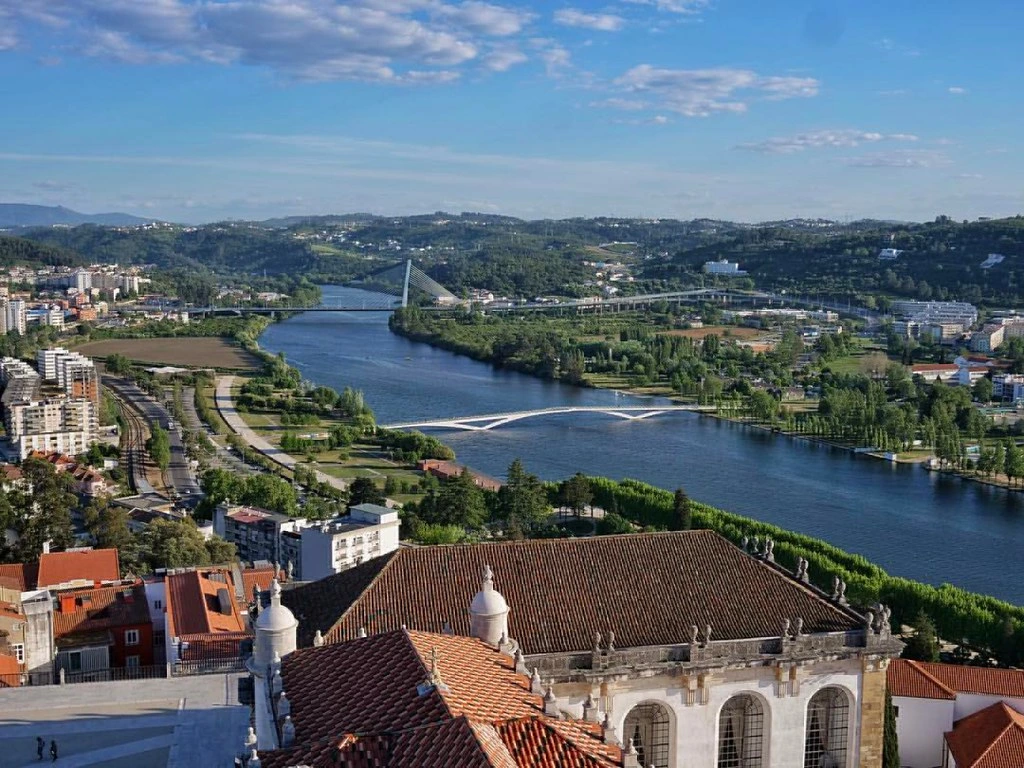
You don’t need a trust fund to live your European travel dreams —just a little planning, curiosity, and an appetite for new experiences. From the wild mountains of Romania to the sunny beaches of Albania, Europe’s most affordable countries are also some of its most magical. Choose wisely, travel slowly, eat locally, and let the experiences—not the expenses—be your most treasured souvenirs.

